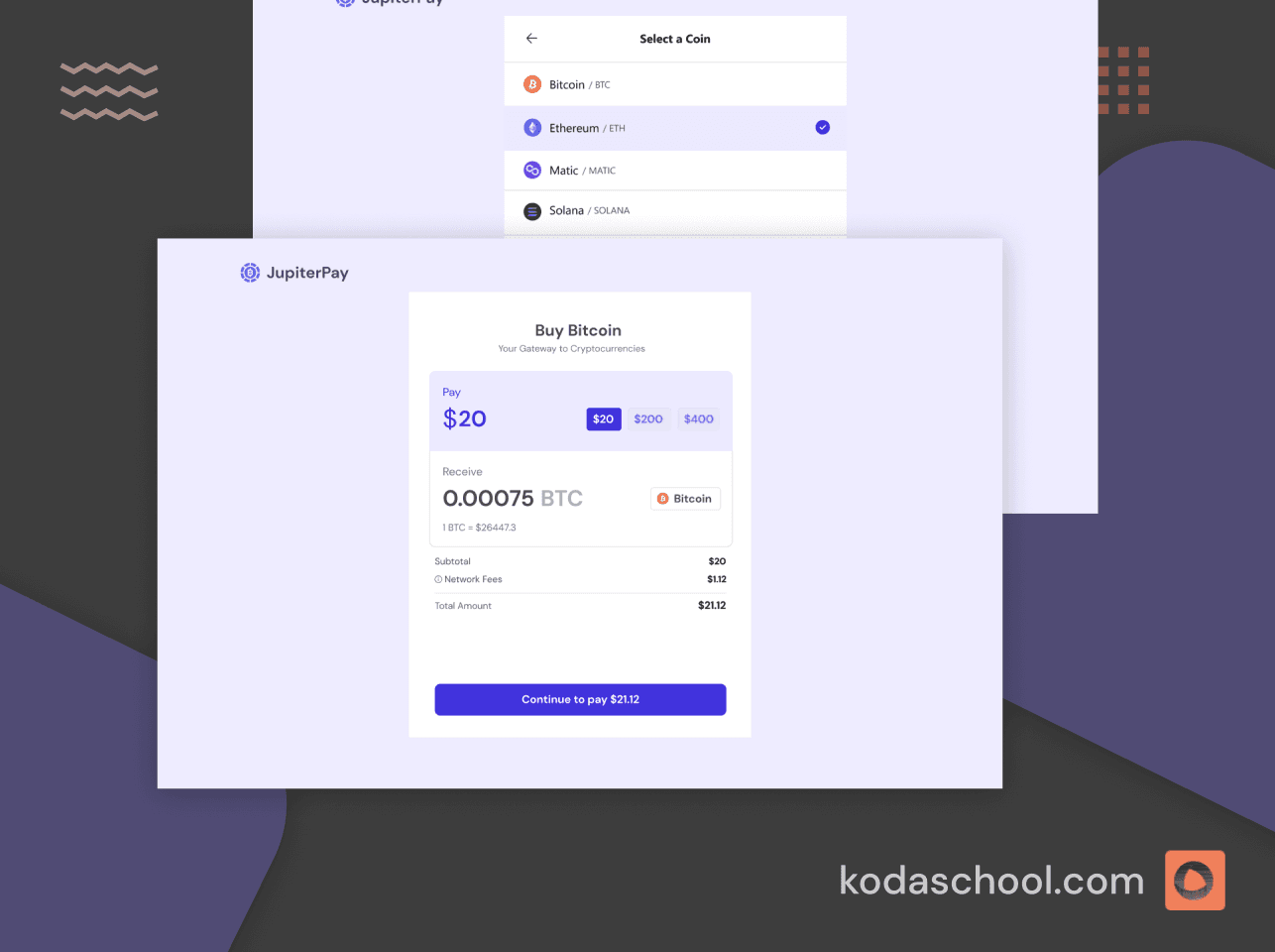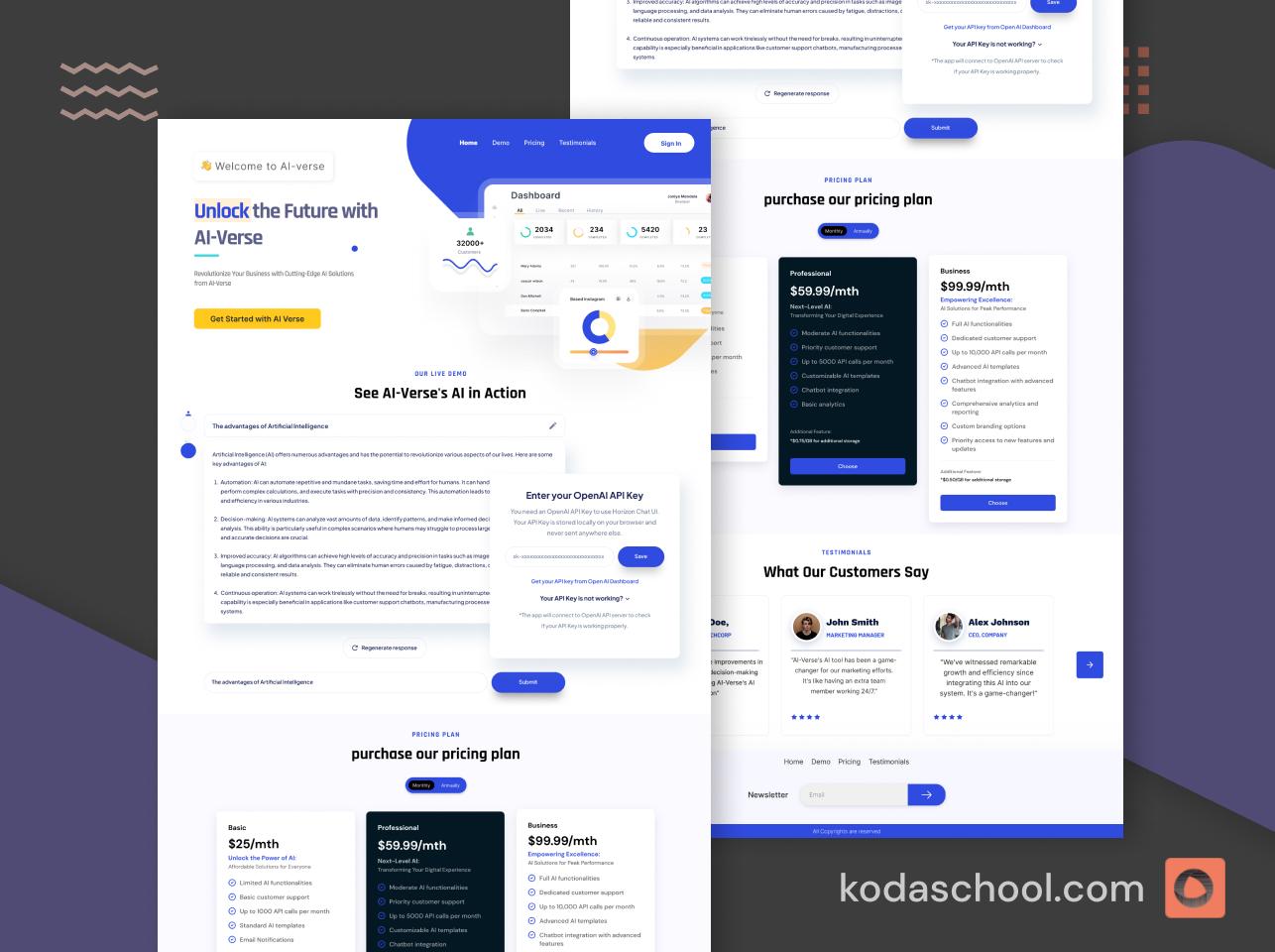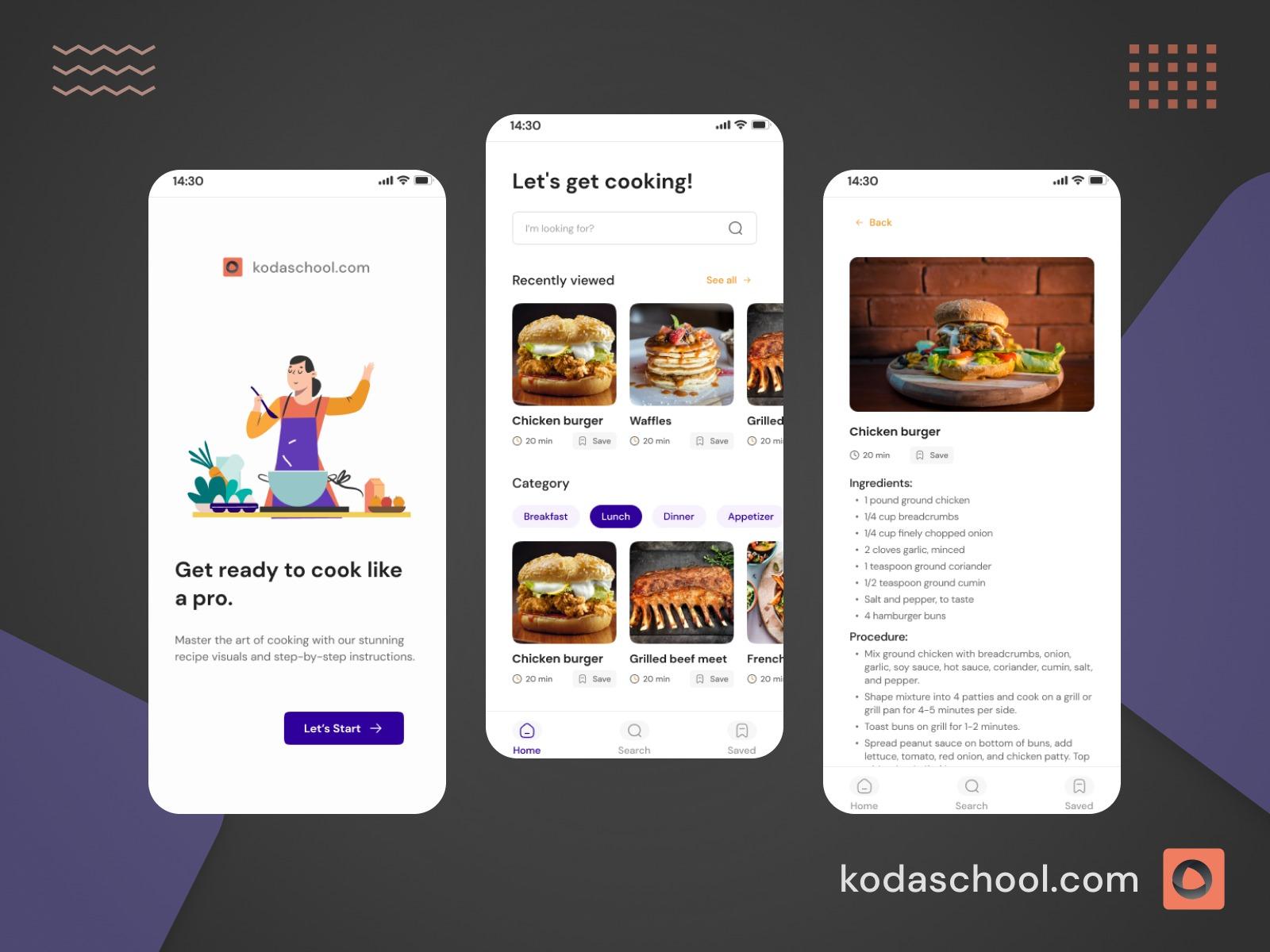Master Any Framework: The Mindset Shift That Actually Works
Ever wonder how big teams adopt NestJS, Spring, or GraphQL so fast? This article reveals a secret sauce anyone can leverage to wield a new language confidently.
It’s not by chance that you’re here. Maybe you’ve just landed a new role, and suddenly you’re expected to master a framework you’ve never touched. Or perhaps your entire team decided that the entire codebase will be migrated to a new framework or ported to a completely different language. Either way, you’re not alone, we've all been there.Actually you’ve landed in the right hands. Just by being here, you’ve solved half the problem.
See, Software engineering isn’t just plug and play, it’s problem-solving, adapting, learning, unlearning and relearning. One approach might work for someone else but totally miss for you, depending on your context.Its the nature of this craft and that’s the beauty of it.
In this article, I’ll try to break down the ins and outs I’ve observed over the past three years of my programming journey. I genuinely want to share what I’ve learned along the way, and hopefully, you’ll be able to cherry-pick the parts that work best for you.
Overview
Every pro knows something that we don't. I would say they have a secret sauce/recipe that works for them iregardless of the huddles they face.
So whats the goal here?? Its actually to develop a sense of direction.
In this article i will walk you through:
- The Universal Learning Problem.
- Why This Approach works.
- Universal Principles That Apply to Any Language
- The Three-Phase Learning Strategy.
- Measuring Your Progress
Prerequisites
This article assumes:
- You are wise enough to reduce overeliance of LLMs in this learning process.
- You’ve moved past the phase where urge to actually understand has become greater than mere interest. You’re tired of just hearing about concepts like Dependency Injection, Inversion of Control, borrow checkers, or garbage collection, you want to feel them, see them in action, and know how they solve real problems.
- You’re not a complete beginner, that this is your second (or third, or fifth) language or framework you’re trying to wrap your head around.
- You’ve probably already built something, struggled with docs, or followed a few tutorials.
- The goal here isn’t to rehash the basics but to help you think differently so you can move faster and more confidently irregardless of the tech stack
- You have built a couple of cli tools.If not yet build a CLI tool. You're going to learn how to accept input in that tool. Once you learn how to accept input, you're going to learn how to filter that data, how to return the data that you need.
Techincal Concepts:
Basic JavaScript/TypeScript knowledge - Variables, functions, classes, and promises.
Node.js - Understanding of modules, and asynchronous programming
HTTP concepts - REST APIs, request/response cycle, and status codes.
OOP concepts is a must
Try Kodaschool for free
Click below to sign up and get access to free web, android and iOs challenges.
1. The Universal Learning Problem
Most developers have an wrong appraches eg:
1. Tutorial Dependency
Don't follow step-by-step tutorials. Instead, get requirements and figure out the implementation yourself.
2. Skipping Documentation
The official documentation is your primary resource. Third-party tutorials often omit crucial details.There is no other way no matter hard try to skip this you will end up here.
3. Avoiding Failure
Embrace errors and debugging. That's where real learning happens.
The reality is that learning happens through struggle and failure, not through passive consumption of content
4. Building Toy Projects
Make sure your projects mirror real-world complexity. A simple CRUD app won't teach you architectural patterns.Eg uplod service that ploads user images and serves them via a CDN.
2. Why This Approach Works
To embace a language quickly. You need to first understand the core concepts—conditionals, loops, data models, error handling, and variables.
What you need now isn’t a restart, but a bridge: a way to map what you already know onto any new language or framework.
This approach 80% works because it skips the noise and leans on your existing knowledge.
3. Universal Principles That Apply to Any Language
a. Learn Through Comparison
Well we all know that frameworks are just a wrapper of the main language therefore always relate new concepts to languages you already know:
// Express.js
app.get('/users', (req, res) => {
});
// NestJS equivalent
@Get('users')
async getUsers(): Promise<User[]> {
return this.userService.findAll();
}b. Focus on the Framework's Philosophy
What is the Framework you are using trying to achieve?? Remember every language/framework has its own design principles
- NestJS, Spring, and .NET: Enterprise patterns, dependency injection, modular architecture, built-in security features, and clean separation of concerns.
- Go: Simplicity, explicit error handling, composition over inheritance
- Rust: Memory safety, zero-cost abstractions, ownership model
c. Build the Same Project in Different Languages
Use a consistent project (like an interpreter or web server) across languages to highlight differences:
// NestJS approach - decorators and dependency injection
@Injectable()
export class TokenService {
createToken(value: string, type: TokenType): Token {
return new Token(type, value);
}
}
//Spring (Java) – Annotations and Dependency Injection
@Service
public class TokenService {
public Token createToken(String value, TokenType type) {
return new Token(type, value);
}
}
//NET (C#) – Constructor Injection and Strong Typing
public class TokenService {
public Token CreateToken(string value, TokenType type) {
return new Token {
Type = type,
Value = value
};
}
}
4. The Three-Phase Learning Strategy
Learning a new programming language/framework doesn't have to be overwhelming. Instead of hoping things stick, you need a structured approach that builds real understanding through some hands on experience.
it’s about building intuition, forcing your mind to map familiar concepts onto unfamiliar territory. Its like ptting yourself in using vim for the first time on a daiily basis.
So, what do we mean by “strategy” in this context?
It means learning through active problem-solving, not passive reading or watching. It’s about doing, failing, debugging, and doing again.Only until the language begins to feel like second nature.
Learn Through Failure
Building the muscle memory is tiring and requires strategy.
- Read the concept in the documentation
- Try to implement it in your project
- Expect it to fail - this is where learning happens
- Debug and fix using documentation and error messages -Know your language errors in and out.
- Extend the feature with additional functionality
Phase 1: Exploration and Documentation
The foundation of effective learning is understanding core concepts through hands-on problem-solving. Lets destructure all of this problems
Let’s walk through the three phases.
Step 1: Choose Your Problem Set
Start with algorithmic challenges that force you to use essential language features. Every language needs to handle these fundamentals:
Start by selecting a problem set that touches on the basics every language must handle:
- File processing (read, write, parse, error handling)
- Data structure manipulation (arrays, maps, null/undefined handling)
- Edge case resolution (understand how your language/framework reports and handles errors)
Here's how this looks in practice with NestJS:
// Forces you to learn services, dependency injection, and error handling
@Injectable()
export class FileProcessorService {
async processLogFile(filePath: string): Promise<LogEntry[]> {
try {
const content = await readFile(filePath, 'utf-8');
return this.parseLogEntries(content);
} catch (error) {
throw new BadRequestException('Invalid file format');
}
}
}Data Structure Challenges
- Implement basic data manipulation
- Learn about null/undefined handling
- Understand iteration patterns
Step 2: Documentation-Driven Learning
Every time you encounter something unfamiliar, immediately consult the official documentation. Don't just read implement. This builds your problem-solving muscle memory.
For NestJS specifically, ask yourself:
- How do decorators work? (
@Injectable,@Controller,@Get @Param) - What's dependency injection and how does it differ from other frameworks?
- How does the module system organize code?
Why This Works:
- You learn by doing, not by watching
- You encounter real problems and solve them yourself
- You build familiarity with official documentation
- You understand error messages and debugging
Phase 2: Real-World Application
Build something that mirrors actual production requirements. This phase reveals how the language handles complexity beyond simple scripts.
Choose a Server-Side Project
For backend languages and frameworks, build a WebSocket server or API that handles:
- Multiple concurrent connections
- Real-time data processing
- State management
- Error handling under load
Here's a NestJS example that demonstrates these concepts:
@WebSocketGateway()
export class ChatGateway {
@WebSocketServer()
server: Server;
private rooms = new Map<string, Set<string>>();
@SubscribeMessage('join')
handleJoin(client: Socket, room: string) {
client.join(room);
this.addToRoom(room, client.id);
client.emit('joined', `Joined room: ${room}`);
}
@SubscribeMessage('message')
handleMessage(client: Socket, payload: { room: string; message: string }) {
this.server.to(payload.room).emit('message', payload.message);
}
}Concurrency patterns: How does the language handle async operations? Memory management: How are objects created and destroyed? Module system: How do you organize larger codebases? Ecosystem: What third-party libraries are available? Testing: How do you write and run tests?
Key Learning Objectives
- Understand the language's approach to concurrent programming
- Learn about package management and dependency handling
- Explore debugging tools and techniques
- Experience the development workflow
Phase 3: Complex Architecture
Build a project large enough to expose architectural patterns and edge cases. This is where you move from knowing syntax to understanding how professionals structure real applications.
Choose a Multi-Component System
Build something that requires:
- Multiple interacting modules
- Database integration
- Authentication/authorization
- API design
- Performance considerations
Here's how this looks with a NestJS application:
// Multi-module application structure
@Module({
imports: [
TypeOrmModule.forRoot({
// Database configuration
}),
AuthModule,
UsersModule,
ProductsModule,
OrdersModule,
],
})
export class AppModule {}
// Service with complex business logic
@Injectable()
export class OrderService {
constructor(
private readonly orderRepository: OrderRepository,
private readonly productService: ProductService,
private readonly eventEmitter: EventEmitter2,
) {}
async createOrder(userId: string, items: OrderItem[]): Promise<Order> {
// Complex business logic with transactions
return this.orderRepository.manager.transaction(async (manager) => {
const order = await this.validateAndCreateOrder(userId, items, manager);
this.eventEmitter.emit('order.created', order);
return order;
});
}
}What This Phase Reveals
Architectural patterns: How does the language encourage code organization?
Performance characteristics: Where are the bottlenecks?
Testing strategies: How do you test complex interactions?
Deployment considerations: What does production deployment look like?
5. Measuring Your Progress
One of the most frustrating parts of learning a new language or framework is not knowing whether you're actually improving. Progress often feels invisible especially when you're jumping between bugs, docs, and stack traces.
But if you're not measuring, you're just guessing
All i can say is write a blog about it or teach it too another person.
Conclusion
The 45-Minute Learning Approach
Structure your learning in focused blocks:
Block 1 (45 min): Read documentation on a specific concept Block 2 (45 min): Implement the concept in your project Block 3 (45 min): Debug and refine your implementation Block 4 (45 min): Extend with additional features
This approach ensures you're escaaping the junior developer matrix( this.person!=SoyDev )
Hope u actually learned alot Happy Coding :-)










